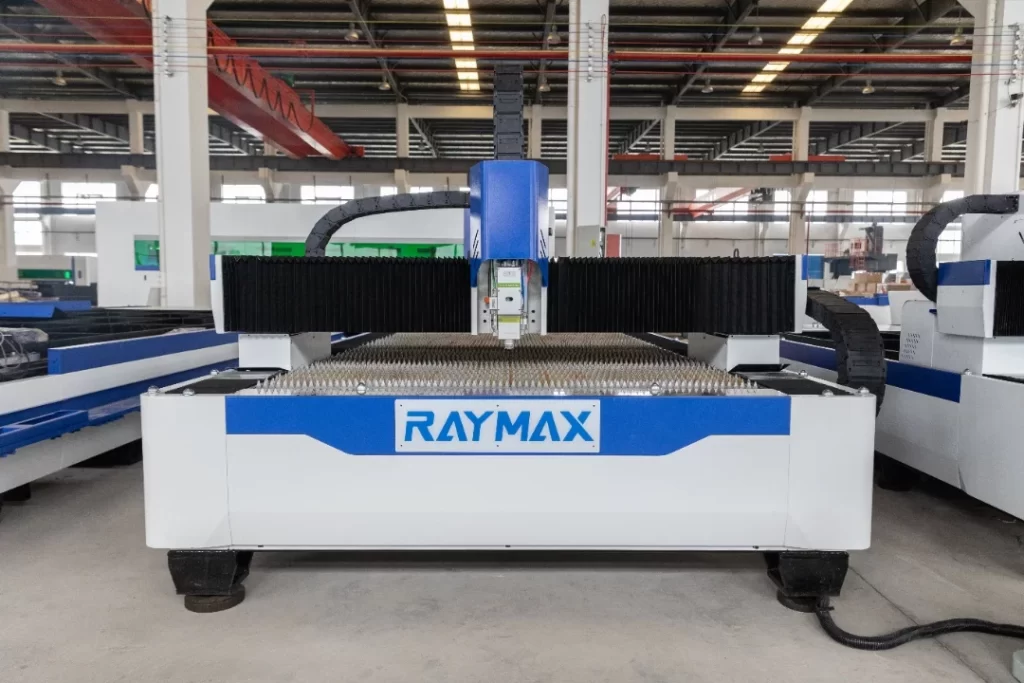When it comes to cutting-edge technology for precision manufacturing, the laser cutting industry has two powerhouses: CO2 and fiber laser cutting machines. Each has its own set of advantages and ideal applications, making the choice between them a nuanced decision. Let's dive into the details in a friendly and natural way, so you can make the best choice for your specific needs.
CO2 Laser Cutting Machines: The Time-Tested Option
CO2 lasers have been a staple in the industry for decades, and for good reason.
Benefits of CO2 Laser Cutting Machines:
- Versatility: They can handle a wide array of materials, including non-metallic substances like wood, plastics, and fabrics.
- Cost-Effectiveness: The initial investment is often lower, making them accessible for smaller businesses or start-ups.
- Maturity of Technology: With a long history, CO2 lasers have a well-established support system, including a wealth of knowledge and expertise.
Considerations:
- Maintenance: CO2 lasers require regular maintenance, which can be time-consuming and costly over time.
- Energy Consumption: They tend to use more energy compared to fiber lasers, which might not be ideal for those looking to minimize operational costs.

Fiber Laser Cutting Machines: The Rising Star
Fiber lasers are the new kids on the block, offering some compelling advantages for certain applications.
Benefits of Fiber Laser Cutting Machines:
- Speed and Precision: They excel at cutting metals quickly and accurately, making them perfect for high-volume metalworking.
- Efficiency: Fiber lasers are more energy-efficient, which can lead to significant cost savings over the life of the machine.
- Low Maintenance: With fewer moving parts, fiber lasers require less maintenance and have a longer service life.
Considerations:
- Material Limitations: Fiber lasers are not as versatile as CO2 lasers when it comes to cutting non-metallic materials.
- Higher Initial Cost: The upfront investment for a fiber laser system is typically higher, which might be a barrier for some businesses.
Factors to Consider When Choosing
- Material Type: If your work primarily involves metals, a fiber laser might offer the best performance. Conversely, if you need to cut a variety of materials, including non-metals, a CO2 laser could be more suitable.
- Cutting Quality: Fiber lasers provide superior edge quality on metals, while CO2 lasers offer a good balance for a range of materials.
- Operational Costs: Consider the energy consumption and maintenance costs over time, as these can add up and impact your bottom line.
- Future-Proofing: Think about the longevity of the technology and whether the machine will meet your needs as your business grows.
Making an Informed Decision
Choosing between a CO2 and a fiber laser cutting machine is about aligning the technology with your specific application needs, budget, and long-term business strategy. Here are some questions to ask yourself:
- What materials will I be cutting most frequently?
- How important is cutting speed and precision to my operation?
- What is my budget for both the initial investment and ongoing operational costs?
- How important is versatility in cutting different materials?
In the end, the "better" machine is the one that best fits your unique set of circumstances. Both CO2 and fiber laser cutting machines have their place in the manufacturing world, and the right choice for you will depend on a careful evaluation of your needs and resources. By understanding the strengths and limitations of each technology, you can make a decision that will serve your cutting needs for years to come, helping you to achieve precision, efficiency, and success in your projects.


